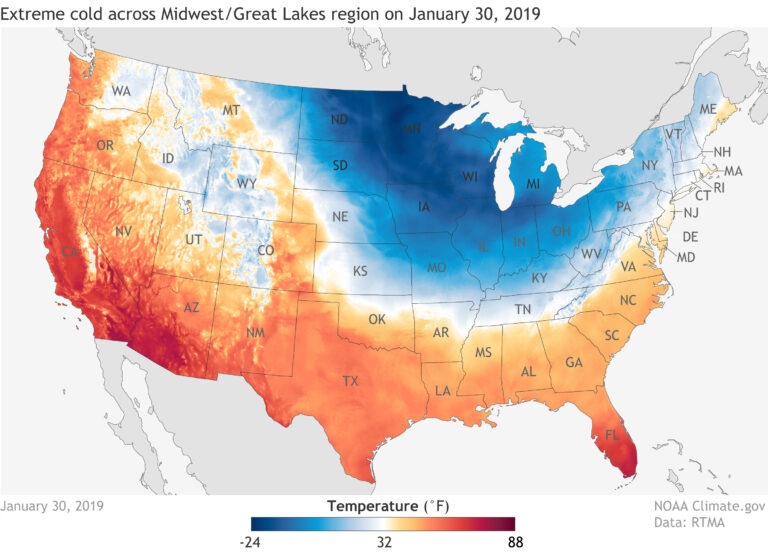Scientists have created a deep learning computer system that has taught itself to accurately predict extreme weather events up to five days in advance.
The system, developed by software engineers at Rice University in Houston, Texas, uses minimal information about current weather conditions and an analog method of weather forecasting that has been obsolete since the 1950s.
The self-learning “capsule neural network” was trained using hundreds of pairs of weather maps showing weather scenarios that either led to extreme weather – for example, extended hot spells that led to deadly heat waves – or did not.
After being trained with this archive, the system was able to examine maps it had not previously seen and make five-day forecasts of extreme weather with 85% accuracy.
Rice assistant professor Dr Pedram Hassanzadeh, who co-authored the study published recently in the American Geophysical Union’s Journal of Advances in Modeling Earth Systems, said system could eventually serve as an early warning tool for weather forecasters.
According to Hassanzadeh it could also help meteorologists gain a better understanding of the atmospheric conditions that lead to extreme weather.
He noted that while the advent of computer-based numerical weather prediction (NWP) in the 1950s has improved the accuracy of day-to-day forecasts, NWP cannot reliably predict extreme events like the heat wave in Europe in 2003 that killed more than 70,000 people.
After studying weather maps leading up to extreme weather events, Hassanzadeh and his team noticed abnormal weather patterns such as “large waves or a big high-pressure system that is not moving at all”.
“It seemed like this was a pattern-recognition problem,” said Hassanzadeh. “So we decided to try to reformulate extreme weather forecasting as a pattern-recognition problem rather than a numerical problem.”
Deep learning systems like the convolutional neural network the Rice team used excel at pattern recognition and are the key technologies in self-driving cars, facial recognition and speech transcription.
The model’s training, using the pairs of maps that either preceded extreme weather or not, is a form of analog forecasting that had been a mainstay of weather prediction until the advent of NWP.
Image: A map of daytime high temperatures on January 30, 2019, based on NOAA Real-Time Mesoscale Analysis (RTMA) data. The cold wave that struck the US Midwest and eastern Canada in late January 2019 killed more than 20 people and produced the coldest temperatures in more than 20 years over much of the region. (Map by NOAA Climate.gov, based on RTMA data provided by Steve Levine/NCEP)



